AT EASTERN UNIVERSITY
Since being built in 1996 the Bradstreet Observatory has been an invaluable aid in assisting students complete their coursework, allowed them to conduct publishable research and been open weekly during the semesters to the public. For the past 20 years students have been coming up to the observatory as part of the astronomy lab at Eastern University. Housing two 16 inch Meade Schmidt-Cassegrain LX200 Classic telescopes the observatory comes with an array of visual eyepieces and ccd cameras which the students use to view the heavens.
Once the students are finished for the night, the telescopes are appropriated for research by the faculty members. Over 50 binary stars have been researched since the Bradstreet Observatory's inception and we continue to observe on any clear evening we can find.
Last but not least, the public has been visiting the Bradstreet observatory for the past 20 years on Tuesday evenings. The visits are free of charge and incredibly popular. Most semesters fill up within weeks, so if you are interested in coming up to see what celestial objects are illuminating the night skies around St. Davids, sign up soon! Email: planet@eastern.edu for public night reservations.
Students who take the astronomy classes at Eastern University enjoy one of the most unique lab courses they will ever encounter. Most universities which have observatories limit their usage to majors and minors in astronomy. Here at Eastern we have no prerequisites for the astronomy course and allow students from all disciplines to partake in using the observatory.
During the course you are required to take about 20 visual observations, 8 deep space black and white ccd pictures, black and white moon shots and 1 color ccd image.
Visual observations require the students to be in dome with the telescope. A lens will be attached to the telescope and you will put your eye up to the lens and view the night sky just like Galileo did many years ago, just with more magnification and clarity.
Black and White ccd images are done in the control room. A digital camera is hooked up to the telescope and the images are downloaded to a computer in the control room.
The color picture is similar to the black and white images, the exception is a color filter wheel between the telescope and ccd camera. We take images in red, green, and blue using the filter wheel and later combine them into a single color image using Photoshop.
The observatory does not necessarily close down once the students are finished observing. The observatory staff take over for the late night shift and aim the telescopes into deep space in hopes of gathering up the precious light given off by stars.
Astronomy minors are often assigned a research project. Part of the project requires them to stay up and gather data on an eclipsing binary star under the supervision of the observatory staff. During the semester the students will spend around 6 nights gathering data. Once the data is secured the faculty member who assigned the research will analyze it with them and, once a solution is determined, the results will be presented at an AAS meeting.
Learn more about what we do:
The Bradstreet Observatory Public Nights have been a long-standing tradition at Eastern University. For the past 20 years we have run free shows every Tuesday night during the semesters when weather permits. Hundreds of families have come to visit and observe the night skies over St. Davids.
The presentations run during the semesters from September to the end of November and then start up again in mid-January and run to early May. They begin roughly at sundown and usually last about an hour and a half. We typically do visual observing on public nights but if the group would rather do CCD photography we can accommodate to that; just let us know in the email reservation.
We do not aggressively publicize Public Nights as there are at maximum 12 shows per semester and they are fully booked within 2-4 weeks of the beginning of the semester. If you are interested in setting up a reservation please contact planet@eastern.edu in early September for the fall or early January for the Spring. We look forward to having your visit!

